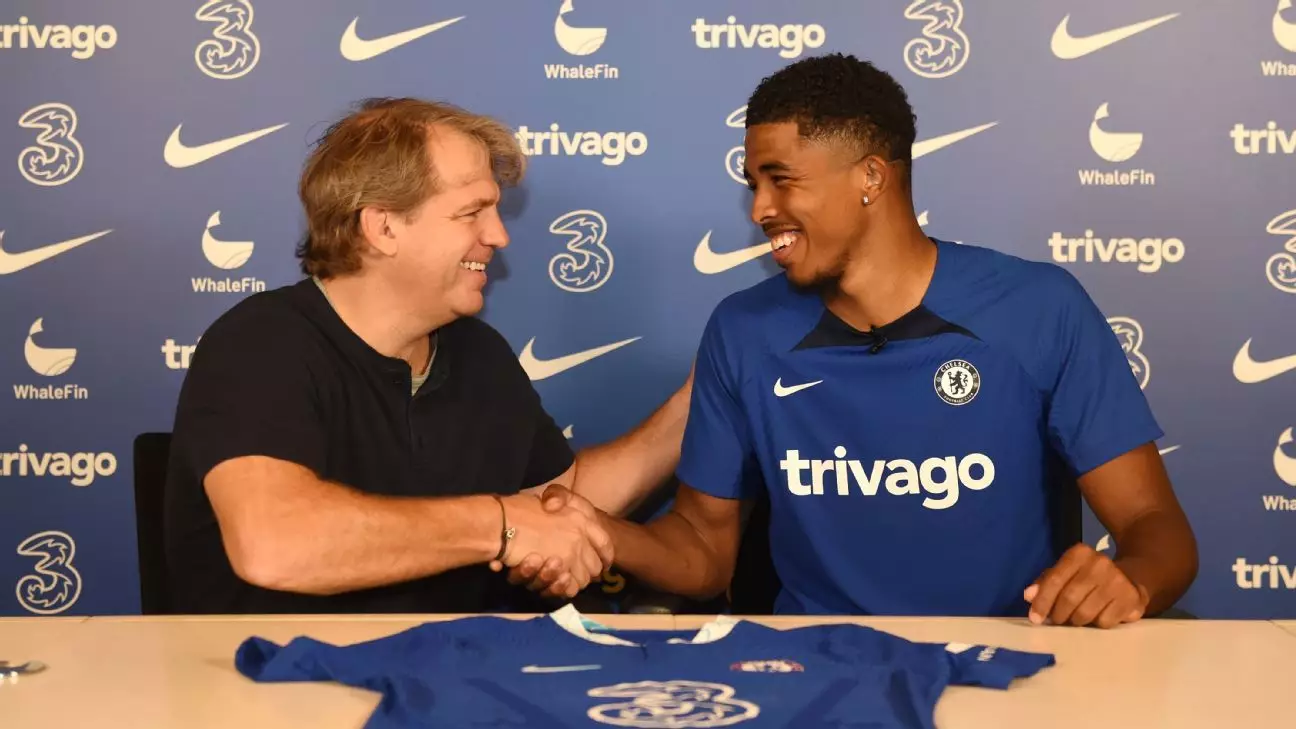In the world of soccer, player acquisition is a complex process that involves a multitude of factors, making it challenging to predict which transfers will succeed and which will fail. Unlike American football, where there are clear positional delineations and established salary and roster rules, soccer presents a different set of challenges. With hundreds of professional leagues, varying budgets, and a lack of publicly available salary information, determining the best practices for acquiring players can be a daunting task.
One way to gain insights into successful player acquisitions is to examine the top 100 transfers in global soccer over the past four years. By looking at the 25 highest fees paid in each season, we can identify trends and patterns that shed light on what makes a transfer likely to succeed. Success in a transfer can be defined in various ways, such as minutes played, trophies won, goals scored, and market value appreciation. However, at the core of it all is the efficiency of the move in terms of the value provided for every dollar spent.
One key factor that emerges from the analysis is the age of the player at the time of acquisition. Players acquired before they enter their prime years (24 to 28) tend to have a higher chance of success. This is evident in the case of young midfielders who have shown a significant increase in market value within a year of their transfer. The more a team invests in younger players with potential for growth, the more likely they are to see a positive return on their investment.
On the flip side, analyzing the worst transfers also provides valuable insights. Moves that involve massive fees for players who are already in their primes or past them are more likely to result in a decrease in market value. These transfers often carry a higher risk as the player’s ability to maintain or increase their value diminishes with age. By avoiding overpaying for players who may not have significant room for improvement, teams can mitigate the risk of a failed transfer.
To increase the likelihood of a successful transfer, teams should focus on targeting younger players with potential for growth at below-market prices. By investing in players who have not yet reached their peak performance levels, teams can maximize their chances of a positive return on investment. Additionally, considering the player’s position, age, fee paid, and market value at the time of the deal can help teams make more informed decisions when acquiring new players.
The art of efficient player acquisition in global soccer requires a strategic and data-driven approach. By analyzing past transfers, identifying trends, and understanding the factors that contribute to success, teams can enhance their ability to make smart and effective moves in the transfer market. While there are no guarantees in player acquisition, by following best practices and focusing on efficiency, teams can improve their chances of building a successful and competitive squad.
